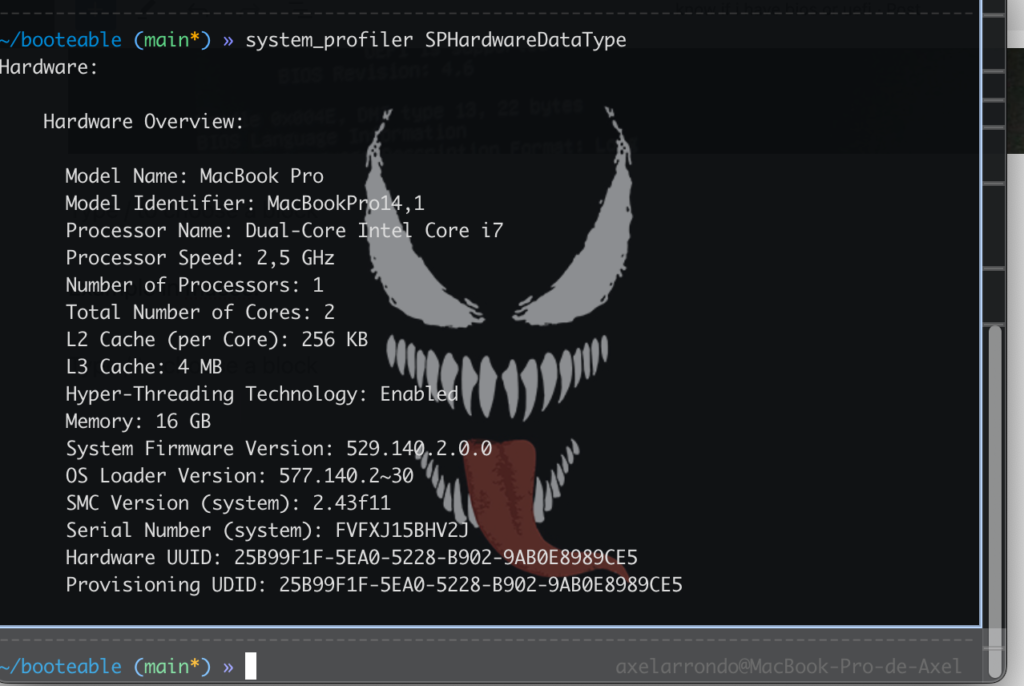BIOS (Basic Input/Output System) is a firmware found on the motherboard of a computer.
- Provides a configuration interface that allows the user to adjust system settings such as date and time, RAM settings, etc.
UEFI (Unified Extensible Firmware Interface) is a firmware that replaces the BIOS on modern computers.
- UEFI offers a more modern and user-friendly user interface than BIOS.
- supports hard drives up to 9.4 zettabytes (9.4 trillion gigabytes), while the BIOS only supports hard drives up to 2.2 terabytes.
Differences between BIOS and UEFI:
- BIOS uses 16-bit architecture, while UEFI uses 32-bit or 64-bit architecture.
- BIOS supports older operating systems, while UEFI supports modern operating systems.
- BIOS is an older firmware used to initialize and configure system hardware, while UEFI is a more modern firmware that offers several improvements over BIOS, such as support for larger hard drives, faster operating system loading, and enhanced security.
commmand in linux:
sudo dmidecode -t bioscommand in macos:
system_profiler SPHardwareDataTypeLook for the line that says “BIOS” or “UEFI.”
Example in linux:


Example in macos:

This firmware version is specific to UEFI systems.
bios example:
UEFI example: